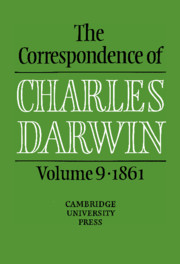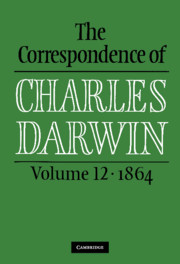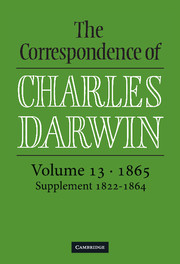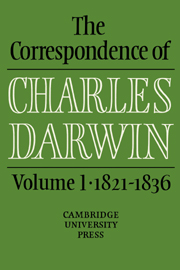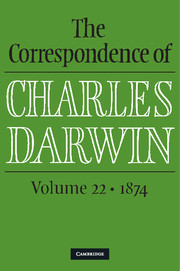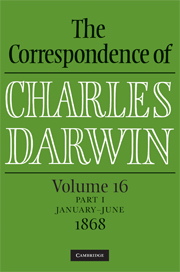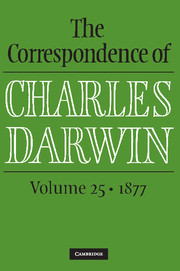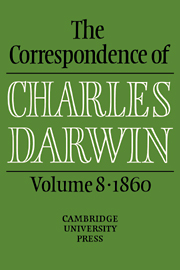The Correspondence of Charles Darwin
The correspondence in this volume reveals Darwin carefully monitoring the response to The Origin of Species. Early in 1861 he completed the preparation of a third and much-revised edition, using the opportunity to answer his critics. As these letters make clear, Darwin understood the importance of support from younger scientists for the future of his theory. Darwin's long-time supporters - including Asa Gray, Charles Lyell and Joseph Dalton Hooker - also feature largely in his correspondence. Escaping the confines of collating and writing up his work on variation in domesticated animals and plants, Darwin plunged into detailed studies of insectivorous plants and orchid pollination. On a more personal side, the correspondence details Darwin in the role of solicitous father ensuring a secure future for his son William. The letters in Volume 9 provide another indispensable collection for those interested in Darwin's life, work and world.
- Another volume in this critically acclaimed and award winning edition of the Darwin letters
- The letters continue to reveal the response to the publication of Darwin's theory of evolution
- The letters also begin to reveal information on new projects that Darwin took on after the publication of the Origin of Species
Reviews & endorsements
"...a splendid addition to the growing number of volumes making Darwin's correspondence available to wide audiences. Readers who are not familiar with the preceding volumes of Darwin's edited correspondence may find this particular volume a good place to begin..." Vassiliki Betty, Plant Science Bulletin
"An indispensable account for those persons who are interested in a knowledge of Darwin's life, work, and world after the important publication of Darwin's Origin of Species and The Descent of Man." Choice
"This correspondence continues to surprise with its remarkable detail and breadth of commentary. What elevates it to a world-class correspondence is the distinctive way in which the grand global nature of the subjects of distribution, adaptation, and geology set the context for numerous social and cultural considerations. Technical discussions of evolutionary issues spill over into considerations of the intellectual and cultural significance of biological thought, which has begun to exert a defining force on the human image itself. Many of these letters discuss the broader implications of human evolution in relation to evolution, religion, race, slavery, and the American civil war. In the Darwin correspondence, we find a way of thinking taking shape in which the natural world is inseparably and dynamically bound to the events of everyday human life." James Paradis, Quarterly Review of Biology
Product details
November 1994Hardback
9780521451567
645 pages
240 × 163 × 41 mm
1.199kg
9 b/w illus.
Available
Table of Contents
- List of illustrations
- List of letters
- Introduction
- Acknowledgements
- List of provenances
- Note on editorial policy
- Darwin/Wedgwood genealogy
- Abbreviations and symbols
- The Correspondence 1861
- Appendices
- Manuscript alterations and comments
- Bibliography
- Biographical register and index to correspondents
- Index.

